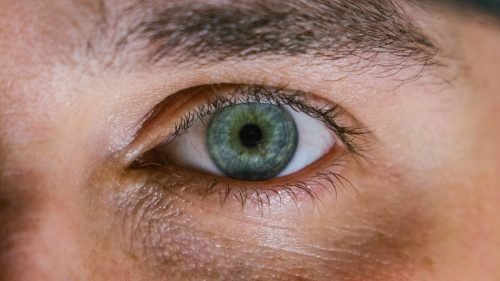Researchers at IBM have developed machine vision technology for the early detection of retinal disease resulting from diabetes. The new technology reached an accuracy of 86% in identifying the level of the disease - an accuracy that exceeds any other method known today.

IBM publishes the results of a new study, which uses deep learning technologies and visual analytics to enable early detection of diabetic retinopathy, a retinal disease resulting from diabetes (diabetic retinopathy, DR). The system developed by IBM researchers makes it possible to rate the severity of the disease based on the image of the eye in combination with machine learning technologies - more accurately than any other method known today.
The new method developed by the IBM team reached an accuracy of 86% in identifying the level of the disease, within the five levels accepted for classification and defining its severity - while identifying both the very presence of the disease and the level of severity. The application of the method may help significantly in building a picture regarding the progress of the disease, and deciding on the method of treatment.
Diabetic retinopathy is one of the world's leading causes of blindness. The disease affects one out of every three diabetics, numbering 422 million people in the world. In the absence of treatment, the disease may lead to irreversible blindness, but early detection and proper treatment may reduce the risk of blindness by 95%.
IBM's technology underwent training and studied approximately 35,000 eye images in the EyePACS medical archival system, in a way that allows it to identify micro-aneurysms, bleeding and brittleness in the eye lens, which indicate damage to the blood vessels in the eye - and allow the severity of the disease to be assessed. The innovative method combines deep learning techniques, a multidimensional neural network and dictionary-based learning - in order to combine the different definitions of the disease. Over time, IBM researchers will continue to advance the system and improve its understanding of how the pathogenesis of diabetic retinopathy manifests itself in the lens of the eye.
Today, DR patients are diagnosed through a regular scan of diabetic patients: specialist doctors examine photographs of the eye's lens in order to identify the disease. The decoding of the photographs requires special training and is often carried out in a manual process, characterized by a waste of time and subjective diagnoses for each decoder regarding the very presence of the disease and its degree of severity.
According to Dr. Michal Rosen Zvi, director of medical information research at IBM's research laboratories: "We are witnessing an increasing use of deep learning and analytical analysis of images to achieve a high level of accuracy in the early detection of diseases and the optimization of patient treatment processes. In our estimation, the field will continue to develop in the coming years and become significant in a variety of medical fields."
About 90% of the visually impaired in the world live in an environment characterized by low income, in developing countries. Many of them do not enjoy access to transportation - and specialist doctors. New methods for computer vision, which allow identification and classification of the severity of the disease in just 20 seconds, may help doctors scan larger amounts of diabetic patients, and locate those who require specialist treatment.

One response
Machine learning is the future and we are witnessing the beginning of humanity's greatest development so far